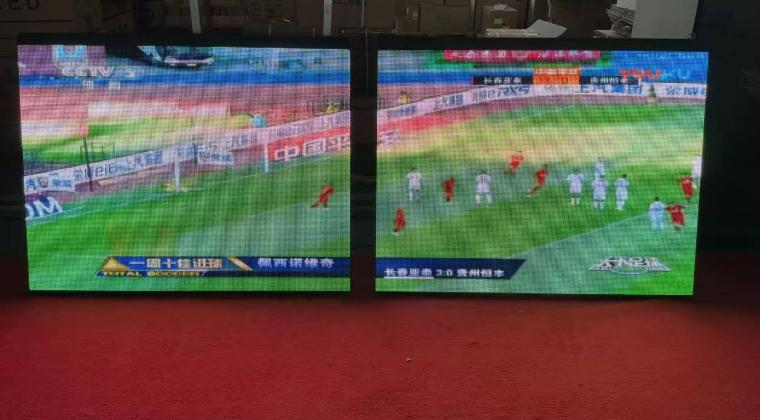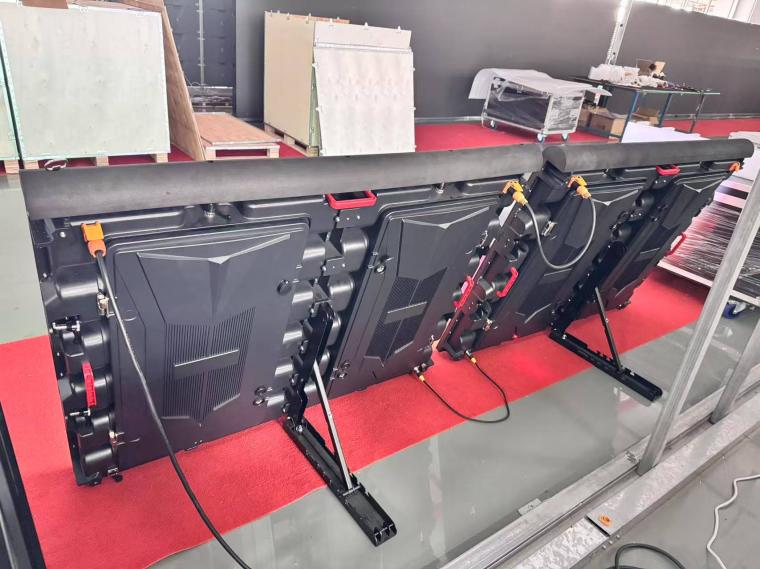Stadium Football Led Displays is an important facility in modern sports stadiums, and it is mainly used to display real time game information, advertisements, audience interaction, video playback, etc., to enhance the viewing experience. It uses RGB three primary color led lamp, it can display high definition video, dynamic advertising, real time scores, etc. with bright colors.
Besides, Stadium Screens are suitable for large stadiums and can be installed on the top of the stadium or around the stands, and it can display information in 360 degrees and enhance visual impact. They are dedicated to displaying scores, time, player data, etc. And the Stadium Football Led also often used in conjunction with the main screen and are used in the center or entrance of the stadium to achieve dynamic visual effects, such as player appearance animation.
It is mainly used to display game information such as score, time, number of fouls, player statistics, commercial advertisements, sponsor brand display and audience camera capture, lottery activities, social media interaction, in addition to slow motion replay, controversial penalty replay, safety tips, weather warnings, etc.

There are various installation methods, including fixed installation of the main screen and ring screen in the stands, which require steel structure support, mobile installation of detachable screens for temporary events, flexible adjustment of positions and embedded installation of ground screens or wall screens, which are integrated with the building design.
Stadium screens are usually P3-P10, the smaller the pitch, the higher the resolution. They are suitable for close viewing, brightness is greater than or equal to 5000 nits for outdoors, high brightness is required to resist sunlight and the refresh rate is greater than 1920Hz to avoid screen flickering. And the horizontal or vertical angle is greater than or equal to 140°, ensuring multi-angle viewing. It is IP65 and above dust and waterproof and suitable for outdoor environments.

The role and significance of the stadium LED display is not limited to information display. It has multiple values in improving the game experience, commercial operation, and venue intelligence. For example, it can display key game information such as scores, time, player data, and number of fouls, ensuring that spectators and athletes can get dynamic and emergency notifications such as weather changes and safe evacuation in the first time, improving the venue’s emergency response capabilities.
Dynamic ads are more eye catching than traditional static ads, with unit prices increasing by 30% to 50%. Stadium Led Displays have evolved from a single tool to a comprehensive platform integrating competition, entertainment, and commerce, and their value will continue to expand as technology advances.

